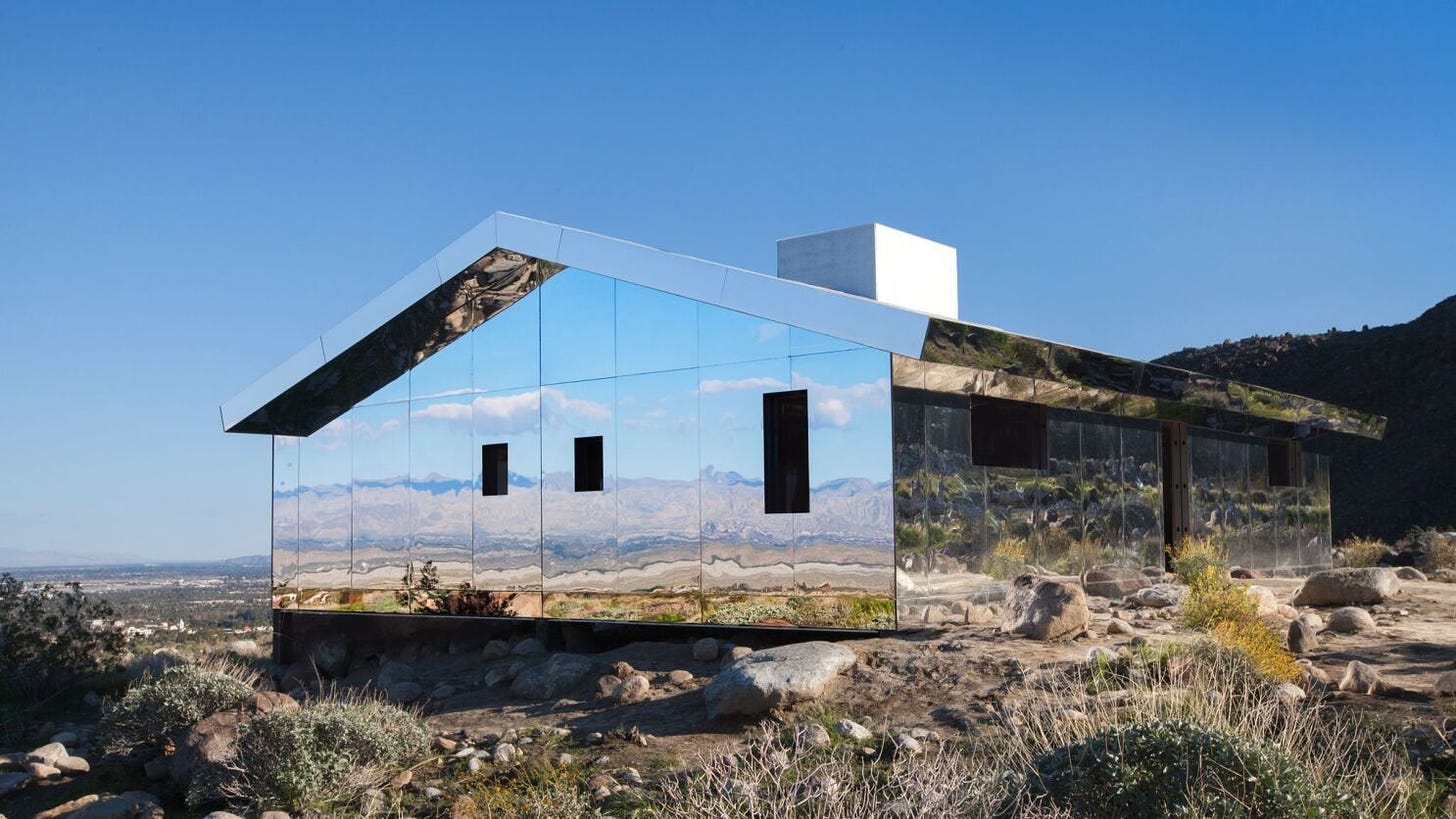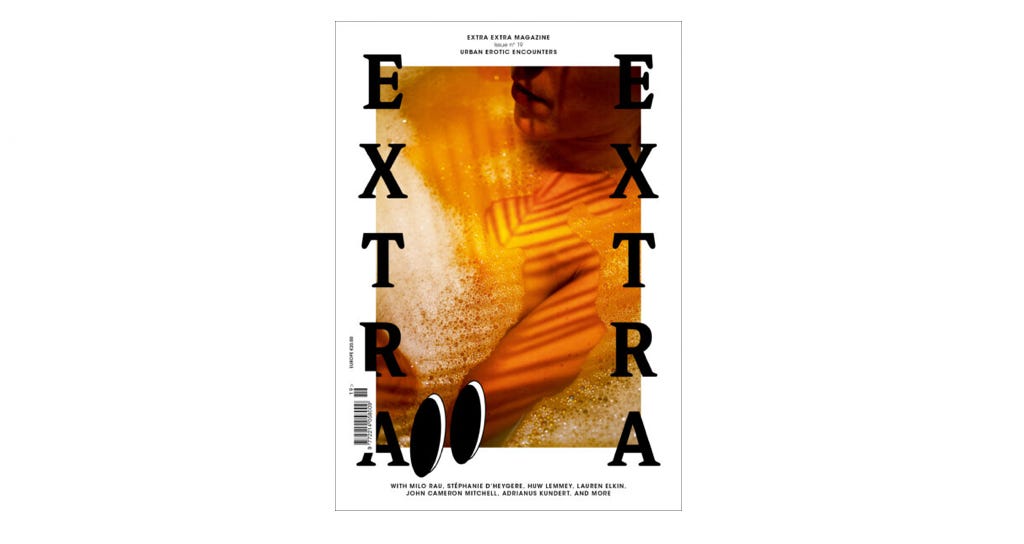The years my family spent in our 1950s peach-colored bungalow was the time in my life I most felt my parents’ wanting. They lusted for German-made cars, stainless steel espresso machines, animal-print coats, a complete kitchen and bathroom reno (i.e. no more green toilet). I imitated them, wanting all the status symbols too, even as a kid. But more than clothes, homes, cars, I wanted my own objectification. To be a bimbo, a Barbie, the nurse on the cover of the Blink 182 CD, or Pamela Anderson with a gun on V.I.P. The only color TV we had lived in the basement rec room, furnished with wall-to-wall teal carpeting, its stiff bristles pressing into me while I lay there mainlining syrupy sweet fantasies, frosted-tipped teeny boppers, fresh-faced Noxzema girls, catsuit-clad curves, and dumps-like-a-truck devotionals. At the bathroom mirror in front of the sink a pale shade of jade, I first plucked my eyebrows, pencil thin like Gwen Stefani, and ended up grounded.
A few years ago, American artist Doug Aitkens dreamt up a series of site-specific installations, called Mirage, covering in mirrors what he called a ranch-style house — it looks to me like a bungalow. He took advantage of how we’re so accustomed to this generic suburban typology that it hardly inspires any critical reflection, and then installed his glossy, gleaming installation places where it was unexpected, inside a century-old bank building in Detroit, for example, or surrounded by nature, a California desert, and later the Swiss alps. The house became a cipher. Aitkens wanted the viewer to see themself in the work. Painting my tween self in metallic eyeshadow, overwhelmed by the hunger of my own desires, this is the kind of object I aspired to be, all reflective surfaces, any interiority entirely impenetrable.
An excerpt from my essay “Bungalow: Object of Desire” in Extra, Extra Magazine, issue 19.




